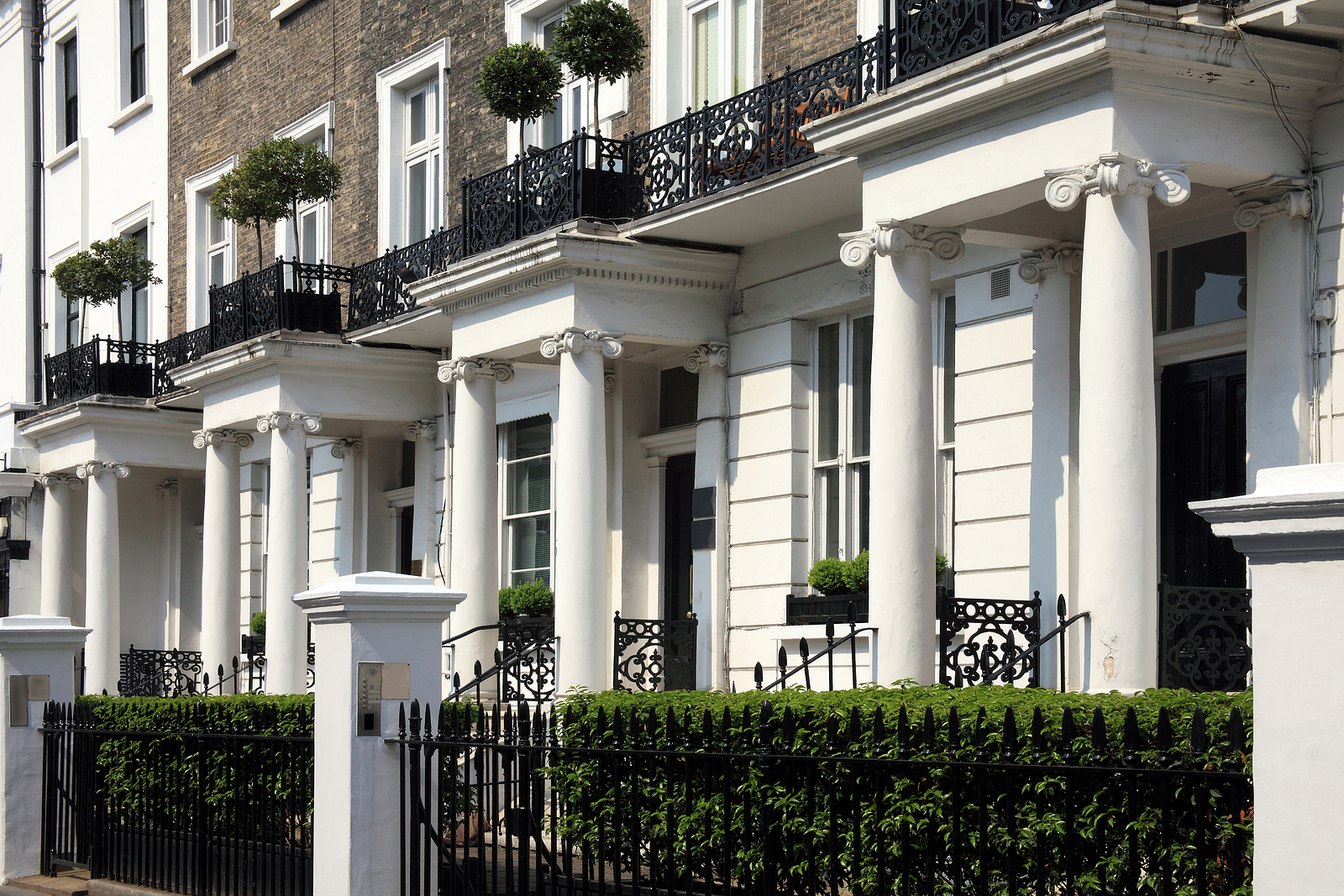Despite the summer months bringing warm weather to Leicester estate agents, people investing in property are saying “BRRRR” far more often than one might expect.
The reason for this is that as the housing market stabilises and settles, property investors are looking for ways to get into the market and build a portfolio as quickly as possible.
The “BRRRR” method in this case stands for “Buy, Rehab, Rent, Refinance, Repeat”, which is a five-step process that has promised to allow investors to buy properties at a much faster rate and create an empire of rental properties without a reliance on outsized capital.
The reality, however, is rather different to the promise, and whilst it has become popular, is it necessarily sustainable and can it lead to success?
The BRRRR Method
The BRRRR method is similar to more conventional forms of house flipping and is based on relatively simple principles, but is a strategy more focused on the long-term
The basic concept behind BRRRR is to find properties on the market that due to distress, dilapidation or circumstance are being sold for far lower than their potential market value. The general rule used is that it should cost less than 70 per cent of its potential market value.
An investor buys a rough diamond, repairs and improves it with a specific eye on renting it out again and once they find a suitable tenant to provide passive income, the house is then refinanced to take advantage of the jump in equity due to its increased market value.
After this, the spoils are then used to buy another property that is undervalued, and the cycle begins again.
The advantage is that once a BRRRR portfolio starts, many of the steps get easier as more filled properties mean more rent and more passive income, allowing for the potential to grow exponentially.
With that in mind, however, there are a lot of problems with BRRRR as an investment method, particularly in the current UK housing market.
When demand for housing has been as high as it has been for years, it becomes increasingly difficult to find true rough diamonds that fit the 70 percent threshold once the rehabilitation phase is done and there is a considerable amount of risk involved in a strategy such as BRRRR.
As well as this, house flippers can attest to the expense of bringing a beaten-down property up to the standards needed, especially since purchasing distressed properties and property for investment limits the mortgage options available to many people.
There is also a reliance on a substantial jump in the value of the property after it has been refurbished and rented out, in order to fund a refinance cycle.
However, if there is a crash in the market more broadly or a miscalculation in the potential value of the rental property in the first place, it can severely hurt the ability to get back your initial investment, something that can be devastating in the early stages of a BRRRR strategy.
There is a lot of work involved with the BRRRR method, but the reliance on finding undervalued property means that as more people do it, the less viable the strategy becomes and the majority of investors who try it may struggle to make money unless they have a lot of starting capital.






